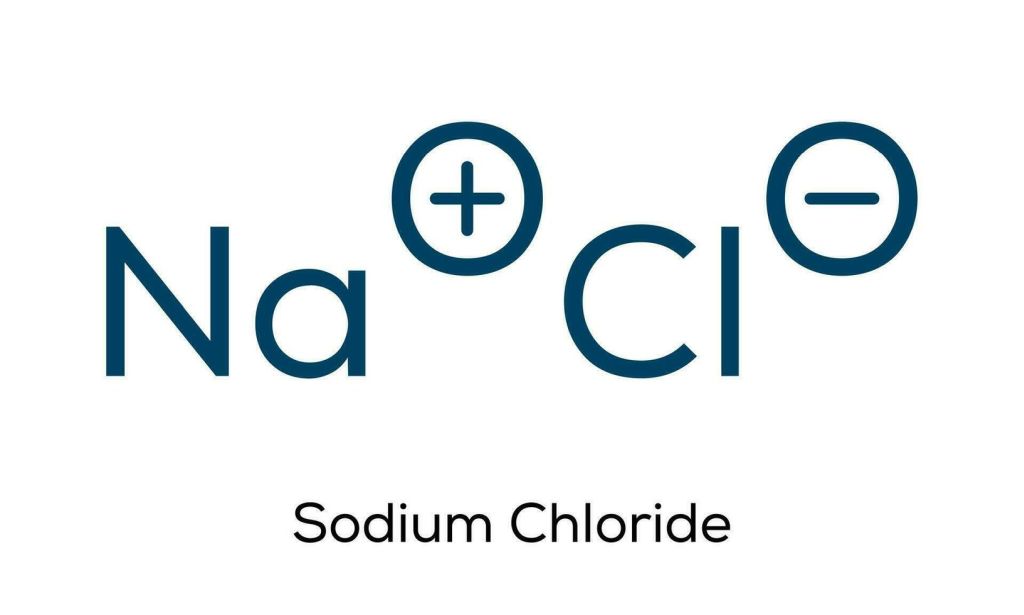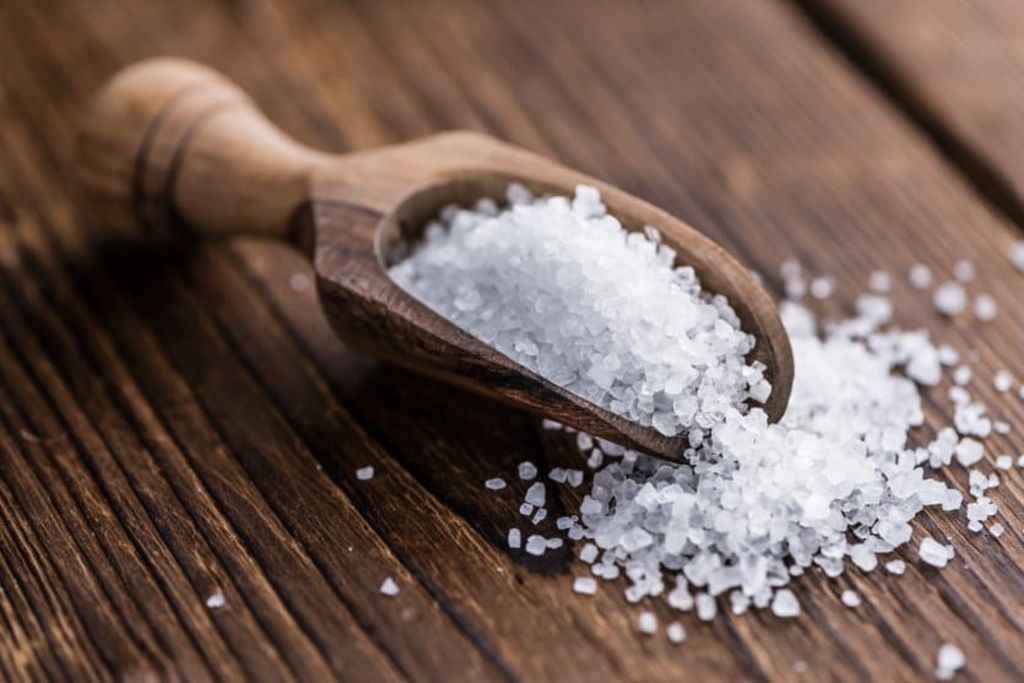When it comes to medical or fitness-related products, it’s pretty easy to get confused by the wide range of solutions and supplements available. Two such products that often raise questions are 0.9% sodium chloride and bacteriostatic water. Even though they might seem similar at first look, these two solutions actually have similar purposes, composition and uses. Now let’s explain it in simpler terms.
What Is 0.9% Sodium Chloride ?
0.9% sodium chloride, also known as normal saline, is a sterile solution of salt (sodium chloride) dissolved in water. This “0.9%” means the solution contains 0.9 grams of sodium chloride per 100 milliliters of water, making it isotonic, or having the same salt concentration as human blood. This property makes it safe for medical purposes like hydrating the body, cleaning the wounds or flushing the IV lines or catheters.
Common Uses:
- Rehydration: It’s commonly used to restore fluid balance in dehydrated patients.
- Wound care: 0.9% sodium chloride is gentle and effective for cleaning the wounds without causing irritation.
- Medication Dillution: Some injectable medications are diluted with this solution for safe administration.
- Eye care: It can also be used as an eye rinse or nasal spray in some cases.
What Is Bacteriostatic Water ?
Bacteriostatic water, on the other hand is a sterile water that contains a small amount (typically 0.9%) of benzyl alcohol. The addition of benzyl alcohol gives its bacteriostatic properties, meaning it can inhibit the growth of bacteria. However, it doesn’t kill bacteria that is already present, it just prevents them from multiplying.
Common Uses:
Diluting Medications: Bacteriostatic water is mainly used for diluting medication for injections, like hormones, peptides or some other form of drugs.
Reusability: Because of its bacteriostatic nature, it can be used multiple times from the same vial, provided proper sterile techniques are followed.

What About Bacteriostatic NaCl ?
It is a variation of bacteriostatic NaCl (0.9% sodium chloride) that contains an added preservative, typically benzyl alcohol (0.9%). This preservative gives it bacteriostatic properties, meaning it prevents bacterial growth, which allows the solution to be used multiple times. However, it should not be used in situations like wound care or hydration because benzyl alcohol could cause irritation. Its primary purpose is to dilute medications for injection while maintaining sterility for longer period of time.
Key Differences Between 0.9% Sodium Chloride and Bacteriostatic Water
Here’s a quick look at how these two solutions differ:
| Feature | 0.9% Sodium Chloride | Bacteriostatic Water |
| Composition | Salt (0.9% sodium chloride)
in water |
Sterile water with 0.9% benzyl alcohol |
| Purpose | Hydration, wound care,
flushing IVs |
Diluting medications for injection |
| Bacteriostatic Effect | No | Yes, prevents bacterial growth |
| Reusability | Single-use | Can be used multiple times |
| Compatibility | Suitable for saline-specific
needs |
Compatible with benzyl alcohol-tolerant medications |
Why The Confusion ?
At first, 0.9% sodium chloride and bacteriostatic water might appear interchangeable because they are both sterile solutions used in medical and health-related applications. However, their compositions and intended uses are not the same. For example, if you’re preparing injections for medications, using the wrong solution might impact the medication’s safety and effectiveness. Solution chloride may dilute medications safely in some cases, but it lacks the bacteriostatic properties of bacteriostatic water. Similarly, bacteriostatic water is not suitable for hydrating or flushing wounds because the benzyl alcohol can irritate issues.
Which One Should You Use ?
The choice between 0.9% sodium chloride and bacteriostatic water depends on specific purposes. Here’s a quick guide to help you:
For Wound Care, IV flushing, or Rehydration: Use 0.9% sodium chloride. It’s safe and effective for these applications.
For Diluting Injectable Medications: Use bacteriostatic water if the medication is compatible with benzyl alcohol, especially for multi-dose vials where sterility over multiple uses is a concern.
If you’re unsure which solution to use, always consult with a healthcare professional first. Using the wrong product can lead to complications.
Are There Any Overlapping Uses ?
There may be instances where either solution could technically work, like diluting certain medications. However, it’s essential to understand that their differences matter:
- Bacteriostatic Water: Ideal for Multi-use scenarios or when sterility must be maintained over time.
- Sodium Chloride: Preferred for single-use dilution or when a saline solution is specifically required.
It’s critical to follow the medication manufacturer’s guidelines or instructions from a medical provider.
Safety Considerations
Regardless of which solution you use, proper handling is needed to maintain sterility and safety. Here are a few tips:
- Check Labels: Always confirm the label to ensure that you’re using the correct solution for your needs.
- Maintain Sterility: Avoid touching the tip of the vial or needle to prevent contamination.
- Dispose of Unused Portions Safely: For single-use solutions like sodium chloride, discard any unused portion after opening.
- Follow Storage Guidelines: Store both products as directed on their labels. Bacteriostatic water, for example, should be stored at room temperature and used within 28 days of opening.
Final Thoughts
While 0.9% sodium chloride and bacteriostatic water may serve overlapping roles in some situations, they are not the same and should not be used interchangeably. Sodium chloride is a straightforward saline solution ideal for hydration and cleaning, while bacteriostatic water contains benzyl alcohol, giving it unique properties for diluting medications over multiple uses.
Understanding these differences is key to using the right product for your specific needs. When in doubt, always consult a medical professional to ensure safety and effectiveness.

